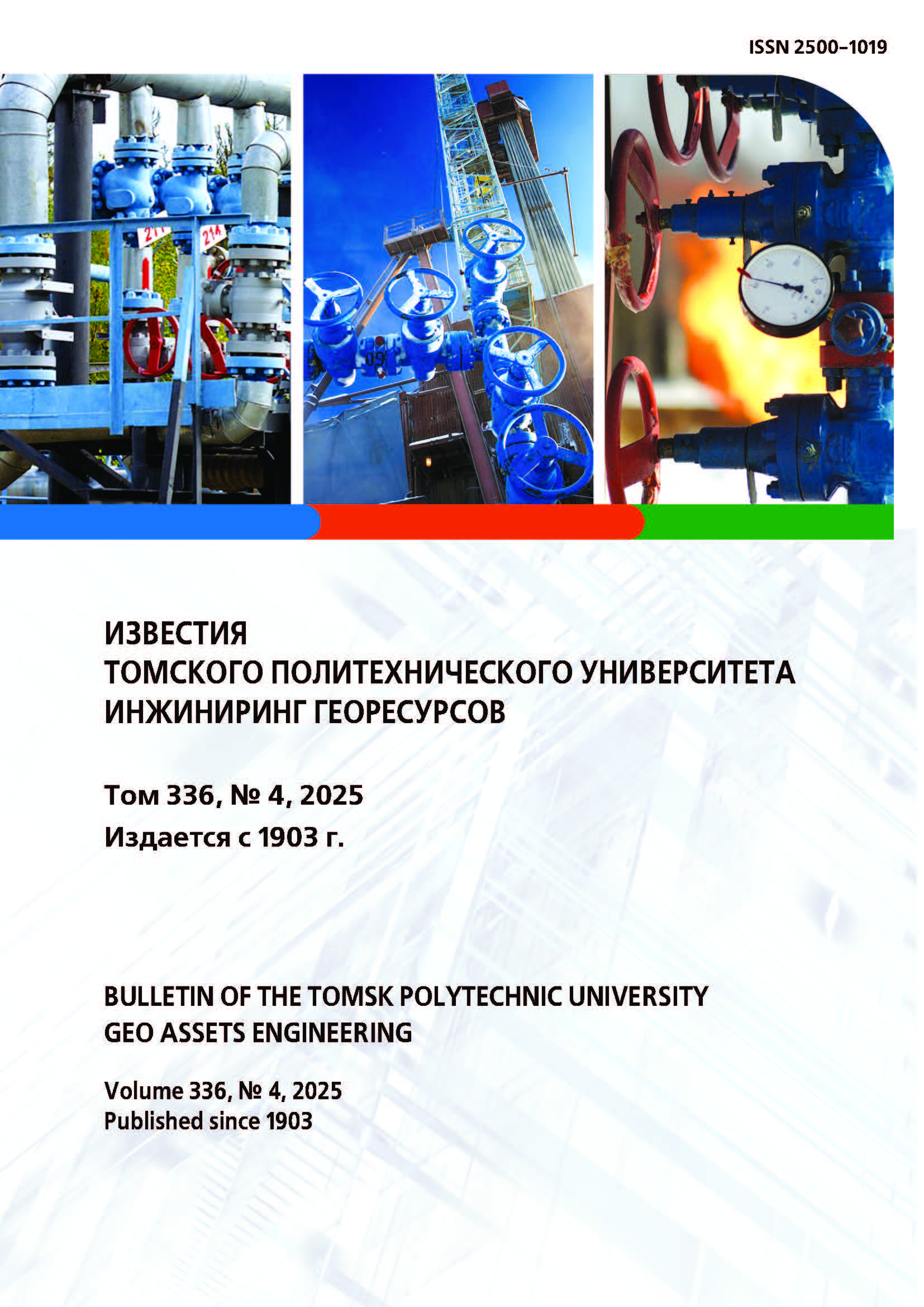Том 334 № 8 (2023)
DOI https://doi.org/10.18799/24131830/2023/8/4239
ТЕПЛОФИЗИЧЕСКАЯ И ЭКОЛОГИЧЕСКАЯ ОЦЕНКА ИСПОЛЬЗОВАНИЯ ПРИРОДНОГО ГАЗА ПРИ РЕКОНСТРУКЦИИ ПЫЛЕУГОЛЬНОГО КОТЛА
Ссылка для цитирования: Теплофизическая и экологическая оценка использования природного газа при реконструкции пылеугольного котла / К.И. Мальцев, А.В. Гиль, Н.В. Абрамов, С.А. Пузырев // Известия Томского политехнического университета. Инжиниринг георесурсов. – 2023. – Т. 334. – № 8. – С. 30-38.
Актуальность исследования обусловлена необходимостью оценки полноты выгорания топлива, эмиссии вредных веществ и температурного напряжения экранных поверхностей топочной камеры пылеугольного котельного агрегата при его реконструкции для организации сжигания природного газа. В настоящее время перевод топливосжигающих установок с твердого топлива на природный газ является весьма актуальным в связи с существенно более низким выбросом углеродных соединений. Цель: исследование физико-химических процессов в топочной камере на различных нагрузках с факельным сжиганием природного газа и оценка эффективности организации горения при реконструкции пылеугольного котла. Объекты: топочная камера котельного агрегата паропроизводительностью 210 т/час, горелочные устройства, параметры топочной среды. Методы: сравнение результатов аналитических тепловых расчетов и результатов численного моделирования. Численное моделирование горения газового факела выполнено с использованием программного пакета ANSYS Fluent. Для описания турбулентного потока применялись подходы Reynold Avaraged Navier–Stokes, основанные на осреднении уравнений Навье–Стокса по числу Рейнольдса с дополнительными уравнениями массовой плотности турбулентной энергии k и скорости диссипации турбулентной энергии ε. Результаты. Проведено численное исследование физико-химических процессов в топочной камере котельного агрегата после его реконструкции под организацию сжигания природного газа. Получены зависимости изменения температурного уровня, гидродинамики и концентраций компонентов продуктов сгорания в объеме топки на различных нагрузках. Установлено перераспределение высокотемпературных продуктов сгорания к фронтовой и тыльным стенам, что приводит к образованию зон в пристенном слое со значительным температурным градиентом. Сопла третичного дутья способствуют снижению эмиссии оксидов азота в топочном объеме за счет подавления их образования из-за недостатка кислорода в зоне горения, а также за счет снижения температуры факела в окислительной зоне.
Ключевые слова:
Котельный агрегат, горелочные устройства, газовый факел, численное моделирование, оксиды азота





